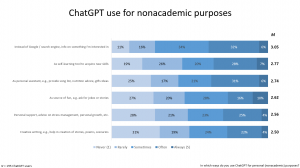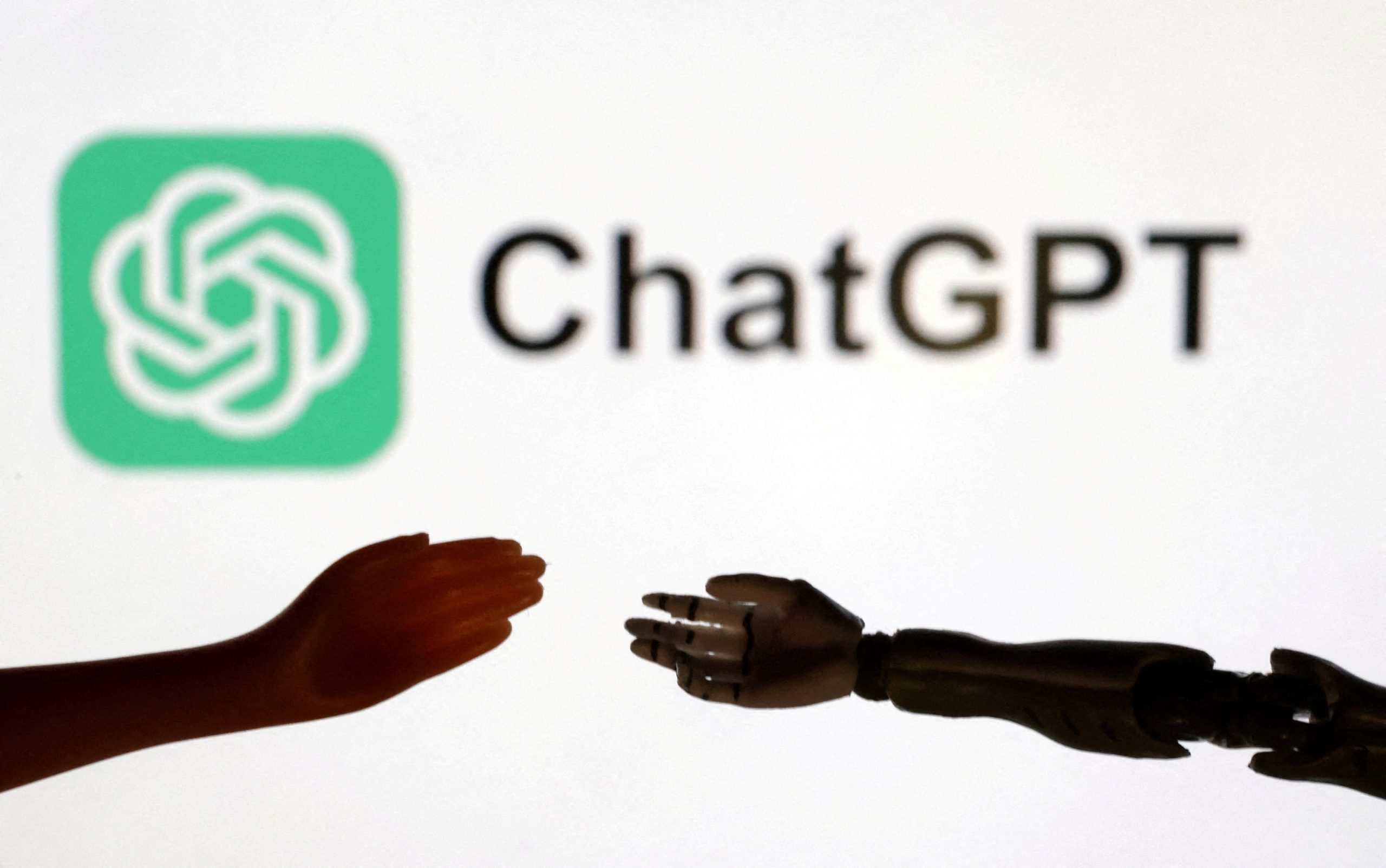As artificial intelligence (AI) continues its rapid evolution, tools like OpenAI’s GPT models are transforming our conversations. These advanced models are not just mimicking human dialogue; they’re reshaping how we access information, boost productivity, and learn new things. But how are these AI models received in the spheres of higher education? This remains fertile ground for exploration, nudging us towards strategies for their ethical integration into the educational process.
A groundbreaking study by researchers from Deree – The American College of Greece, conducted in July 2023 (about 7 months after the launch of ChatGPT) with the help of qed – a Greek, full scale, market and social research institute specialized in data collection, delves into the experiences of 422 Greek undergraduates and postgraduates from public and private institutions, revealing significant aspects regarding their familiarity, use, and attitudes towards ChatGPT.
Attitudes towards AI
The study reveals respondents demonstrated a rather positive attitude towards AI. Half the student body views AI’s role in our lives as a positive force, with a fifth expressing concerns. Indeed, as expected, lower anxiety towards using technology correlates with a more optimistic outlook towards AI’s future role, and higher familiarity with ChatGPT.
Awareness and usage of ChatGPT
An overwhelming 92% of respondents are aware of ChatGPT, while half confirmed that they use it. Younger students, men, and STEM students reported greater familiarity with the tool. Usage evenly spread across students of private and public educational institutions, indicating a uniform interest across the entire student spectrum. Twenty-one percent of the respondents were early adopters, having used ChatGPT almost since its launch, within 2023, and one in two students use it at least once a day, either for personal or academic purposes. Men and postgraduate students use it more frequently.
ChatGPT usage for academic purposes
The tool’s academic application is still finding its footing, as students appeared to have yet fully incorporated ChatGPT into their routine for academic study and research (see Graph 1). However, under an alternative reading, one might argue that the academic use was quite high, considering that it was a fairly new tool in July and many students were relatively unaware about its use by educational institutions. The frequency of ChatGPT use for academic purposes was similar across all ages, regardless of year of study, academic performance, and gender.
Regarding the type of academic use, half of the students reported that they frequently or always use it for self-learning, to better understand course concepts by asking for clarification of complex terms. The percentage of users (37%) who reported using it frequently or always for text composition when writing papers or assignments might raise some concerns on academic integrity, especially considering that this usage had a positive correlation with the use of tools like Quillbot to paraphrase the text generated by ChatGPT.
Although the use of the tool is not always directly associated with the breach of academic integrity, the findings raise questions about academic practices and students’ perceptions of what is considered acceptable. This could be interpreted as a potential trend linking the use of ChatGPT to acts of academic fraud, such as avoiding the creation of original work, an issue demanding more extensive research.
Thirty eight percent said their educational institutions had already informed them about whether and how they could use ChatGPT for academic purposes, and those who have received such guidance are more likely to have higher confidence in their ability to create the appropriate prompts for ChatGPT. Only 27% said that a professor had incorporated ChatGPT into a course to demonstrate the correct way to use it. These percentages were slightly higher in private institutions, possibly indicating greater flexibility in the adoption of new technologies. Half reported that the use of the tool is allowed under conditions at their educational institution, in a way that conforms to the rules of academic integrity.
ChatGPT usage for personal purposes
Regarding personal use, students reported that they more frequently use ChatGPT as an alternative to search engines like Google, and to a lesser extent, as a self-learning tool to acquire new skills (see Graph 2).
Trust in ChatGPT
The high trust students place in ChatGPT is concerning: 76% of users trust it, despite its known limitations, inaccuracies, and biases. This points to a pressing need for targeted educational intervention that focuses on responsible AI use, critical thinking, and navigating the fine line between tool and crutch, especially for those who use it as a (main) knowledge source.
Technology anxiety
The research showed that students do not seem to exhibit particular anxiety towards the use of technology, or reluctance in learning new tools, especially men, younger ages, and those from private institutions, who feel more comfortable.
Conclusion
The study not only opens the floor for discussions about AI’s place in the field of knowledge, it also serves as a call to action, urging heads in education to pave the way for integrating AI, like ChatGPT, into learning institutions while ensuring alignment with academic integrity. As AI cements its role in our daily lives and workspaces, the research highlights the need for a well-rounded approach to AI education for both students and educators. In this rapidly evolving technological landscape, educational institutions bear the crucial responsibility of navigating these new waters. They must equip future generations with the skills and ethical compass necessary to thrive in an AI-augmented world, preparing them to meet the demands of a modern job market increasingly centered around AI.
Information
Research Team
• Dr. Karayianni, researchgate.net, acg150.acg.edu
• Dr. Karakitsou
• Dr. Klidas, acg.edu
The study was funded by the Deree-ACG Center of Excellence Food, Tourism & Leisure, and the Research, Technology & Innovation Network.
Data collection was conducted by Qed







